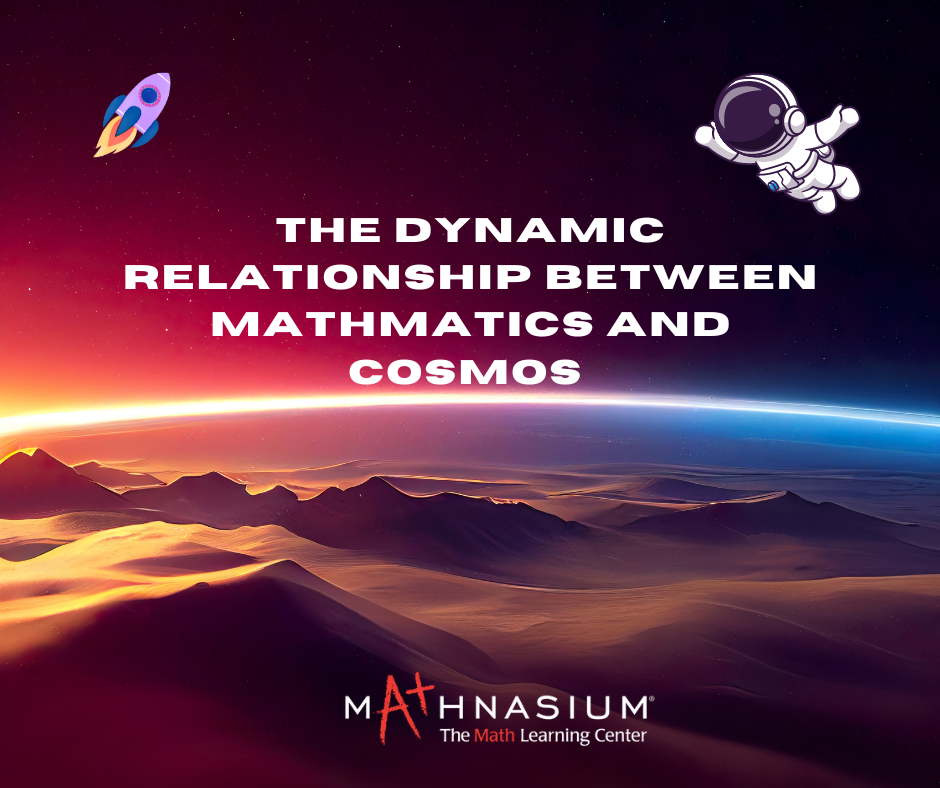In the vast expanse of the cosmos, where stars twinkle like mathematical constants, and galaxies dance to the rhythms of celestial equations, the profound connection between mathematics and space becomes undeniable. From the intricacies of planetary orbits to the fundamental laws governing the universe, mathematics is the language that unveils the mysteries of the cosmos.
One of the most striking manifestations of this cosmic dance is found in the elegant harmony of planetary motion. Johannes Kepler's laws of planetary motion, formulated in the 17th century, laid the foundation for understanding the regularities in the way celestial bodies move. These laws expressed mathematically, revealed that planets orbit the sun in elliptical paths, tracing out symmetrical patterns that resonate with mathematical precision. The beauty of these mathematical descriptions is not just in their accuracy but in how they capture the poetry of the celestial bodies' movement.
Albert Einstein, with his general theory of relativity, further deepened our mathematical understanding of space and time. Gravity, which was once seen as a mysterious force, became a curvature in the fabric of spacetime. The equations that describe this curvature are complex, involving tensors and differential geometry. Yet, they provide a profound insight into the nature of gravity and its influence on the geometry of the universe. The bending of light around massive objects, known as gravitational lensing, is a stunning confirmation of the mathematical elegance embedded in the fabric of space.
At the heart of our cosmic understanding lies the language of mathematics – a universal tool that transcends cultural and linguistic boundaries. The cosmic tapestry is woven with mathematical threads, from the Fibonacci sequence echoing in the spirals of galaxies to the exquisite geometry of crystals in space dust. The very fabric of space seems to be embroidered with the numerical signatures of order and structure.
Quantum mechanics, the branch of physics that describes the behavior of particles at the smallest scales, relies heavily on mathematical formalism. The wave-particle duality, the uncertainty principle, and entanglement are concepts that defy our classical intuition but find precise expression in the language of complex numbers and linear algebra. As we delve into the quantum realm, mathematics becomes the key to deciphering the enigmatic dance of subatomic particles.
The exploration of space also involves a significant amount of mathematical modeling and simulation. Whether it's predicting the trajectory of a spacecraft, understanding the dynamics of a galaxy, or simulating the evolution of the universe, mathematicians and physicists collaborate to create mathematical models that reflect the underlying principles governing the cosmos.
In conclusion, the intricate relationship between mathematics and space is a testament to the inherent order and beauty of the universe. Mathematics serves as both a tool and a guide, enabling us to unravel the mysteries of the cosmos and appreciate the sublime precision with which celestial bodies move. As we continue to explore the frontiers of space, the mathematical language remains our most reliable compass, guiding us through the cosmic symphony that echoes the fundamental truths of the universe.



 (516) 484-6284
(516) 484-6284







